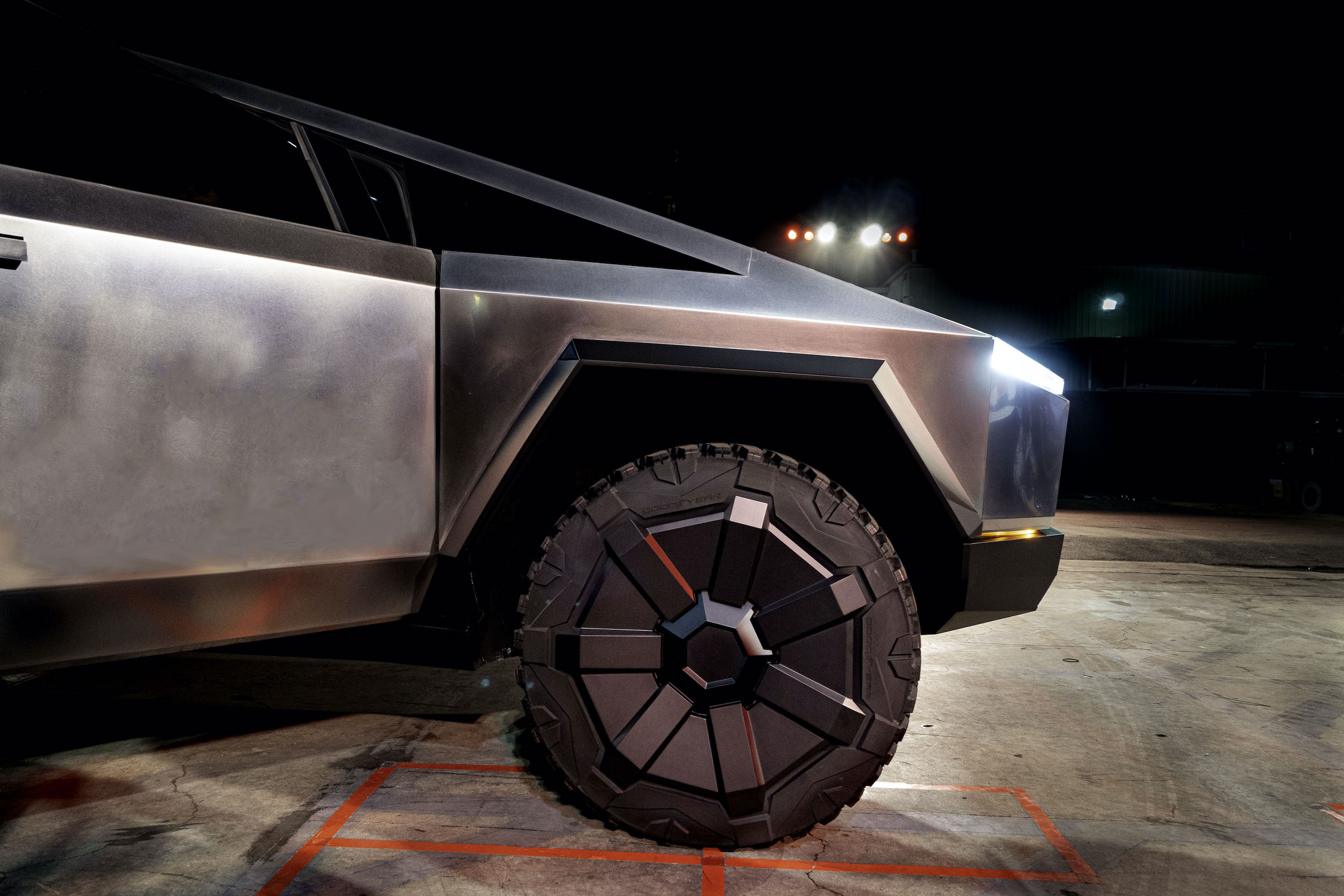
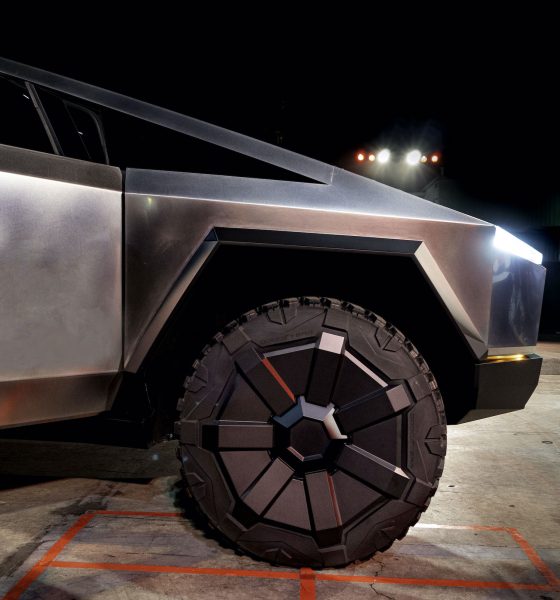
News
Tesla’s Elon Musk jokes about Cybertruck taser defense system, but it’s not that far-fetched
Tesla CEO Elon Musk recently hinted at the possibility of adding a remote taser feature to the Cybertruck’s exterior cameras, which would be used to fend off intruders in the event of a break-in. While most likely a satirical response from the CEO, the use of a taser for self-defense is legal in 49 out of 50 U.S. states and could be effective if it is ever added to the Cybertruck.
The idea, when combined with his prior acknowledgment of adding the Boring Company’s “Not-a-Flamethrower,” makes the Cybertruck a nightmare for anyone who wants to break into the all-electric tank of a pickup.
After a Twitter follower stated that they would be interested in having a remote taser feature with the all-electric pickup, Musk stated that the idea has already been considered. What’s more, the CEO stated that the taser would be a standard addition on the Cybertruck.
Comes standard with Cybertruck
— Elon Musk (@elonmusk) June 18, 2020
Currently, the only state in the U.S. that completely prohibits the use of a taser or Stun Gun is Hawaii, according to Taser.com. The 49 other states all allow the use of a taser, with 38 of them carrying no legal restrictions, such as a permit to own, or to use for self-defense.
The Tesla Cybertruck is a durable and unique pickup that is unlike any other than comes before it. Its 300x rolled stainless steel exterior, combined with bulletproof glass, makes it one of the most robust and most durable vehicles ever created for consumer use. Surely, cosmetic damage to the Cybertruck will not be a worry for most owners, as the robust exterior will undoubtedly fend off any attempts of damaging the vehicle.
However, the Cybertruck will still be just as susceptible to break-in attempts as any other vehicle on the road. Intruders will likely look at the truck as a challenge to break into thanks to its very public specifications about its strength and durability. While Tesla’s Sentry Mode is still a prevalent feature across the globe, it has not stopped vandals and criminals from attempting to break into the company’s all-electric cars. Additional defense mechanisms would most certainly give the intruders a clue that the Cybertruck is the wrong vehicle to try to break into.
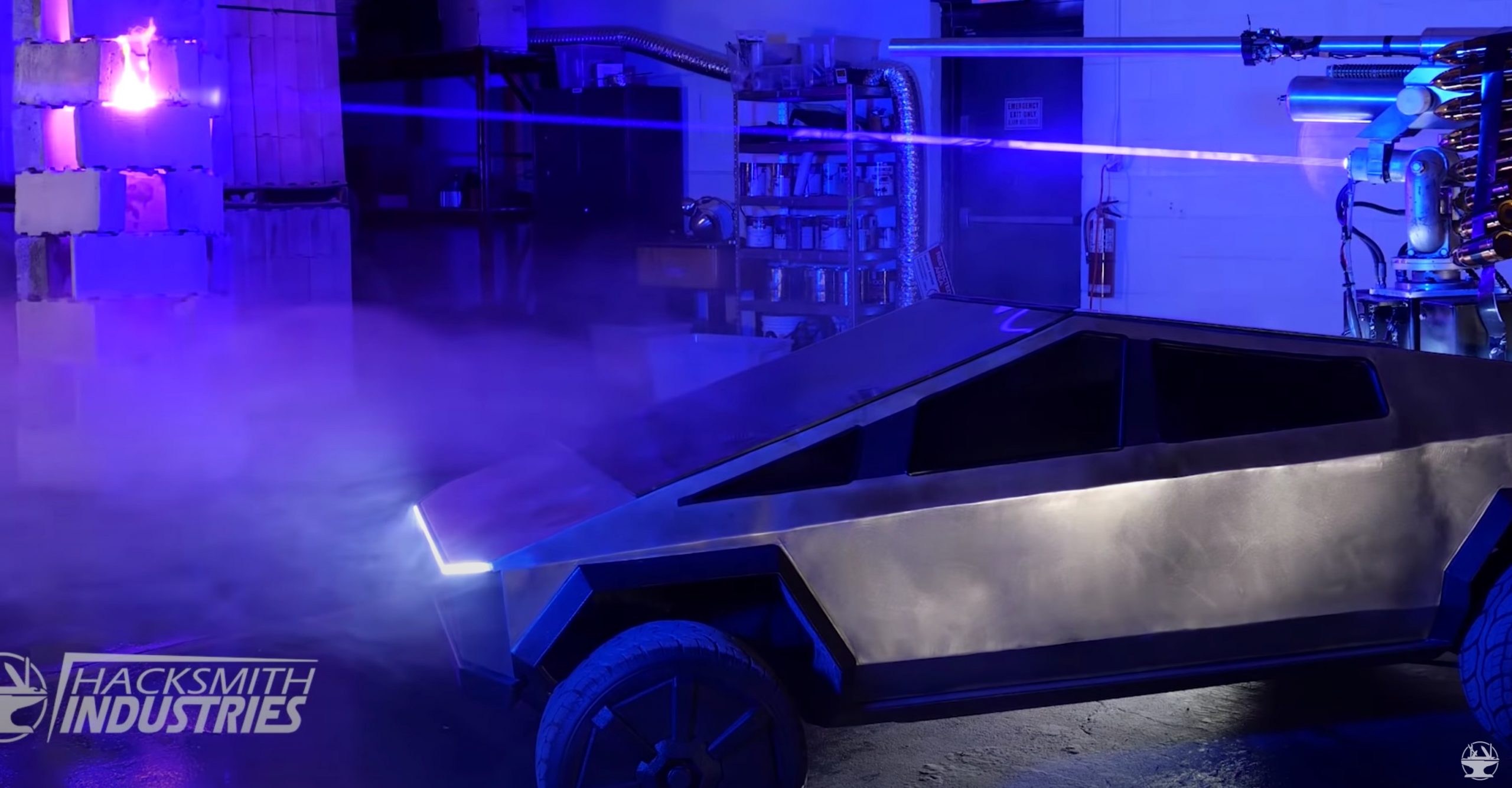
While satirical, Musk’s announcement of this feature is undoubtedly an indication that Tesla owners and enthusiasts have some of the most refreshing ideas for the company’s vehicles. While the Cybertruck taser idea would undoubtedly fend off those with intentions of stealing belongings from the vehicle owner, Tesla owners in Hawaii would have to obtain a permit to use the feature, if it does come into fruition.
After all, Musk has a pretty good track record about making crazy projects real. The Boring Company’s Not-a-Flamethrower is living proof of that. Prior to its unveiling, pretty much everyone was sure that the Boring Company Flamethrower was just a joke. But lo and behold, it really wasn’t.
Technically, the use of the weapon is also permitted when protecting the belongings or property of an individual. This information is crucial and could mean that the Cybertruck’s taser-defense system is not only legal in 98% of the country, but could be useful in protecting owners from possible intrusions into their all-electric pickup.

News
Tesla adds new surprising fee to Robotaxi program
“Additional cleaning was required for the vehicle after your trip. A fee has been added to your final cost to cover this service. Please contact us if you have any questions.”
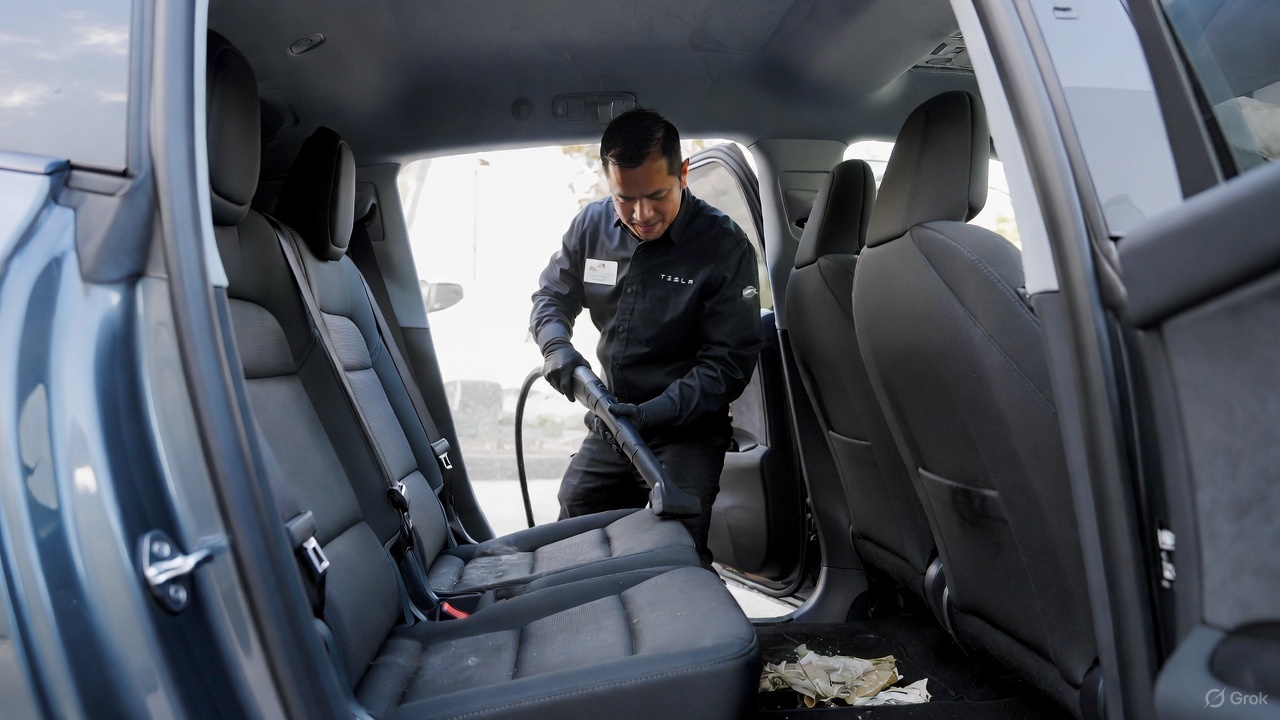
Tesla has added a new and somewhat surprising fee to the Robotaxi program. It’s only surprising because it was never there before.
Tesla shocked everyone when it launched its Robotaxi platform and offered riders the opportunity to tip, only to tell them they do not accept tips. It was one of the company’s attempts at being humorous as it rolled out its driverless platform to people in Austin.
As it has expanded to new cities and been opened to more people, as it was yesterday to iOS users, Tesla has had to tweak some of the minor details of the Robotaxi and ride-hailing platforms it operates.
First Look at Tesla’s Robotaxi App: features, design, and more
With more riders, more vehicles, and more operational jurisdictions, the company has to adjust as things become busier.
Now, it is adjusting the platform by adding “Cleaning Fees” to the Robotaxi platform, but it seems it is only charged if the vehicle requires some additional attention after your ride.
The app will communicate with the rider with the following message (via Not a Tesla App):
“Additional cleaning was required for the vehicle after your trip. A fee has been added to your final cost to cover this service. Please contact us if you have any questions.”
The cost of the cleaning will likely depend on how severe the mess is. If you spill a soda, it will likely cost less than if you lose your lunch in the back of the car because you had a few too many drinks.
This is an expected change, and it seems to be one that is needed, especially considering Tesla is operating a small-scale ride-hailing service at the current time. As it expands to more states and cities and eventually is available everywhere, there will be more situations that will arise.
The messes in vehicles are not a new situation, especially in a rideshare setting. It will be interesting to see if Tesla will enable other fees, like ones for riders who request a ride and do not show up for it.
News
Tesla Model Y sold out in China for 2025
Customers who wish to get their cars by the end of the year would likely need to get an inventory unit.
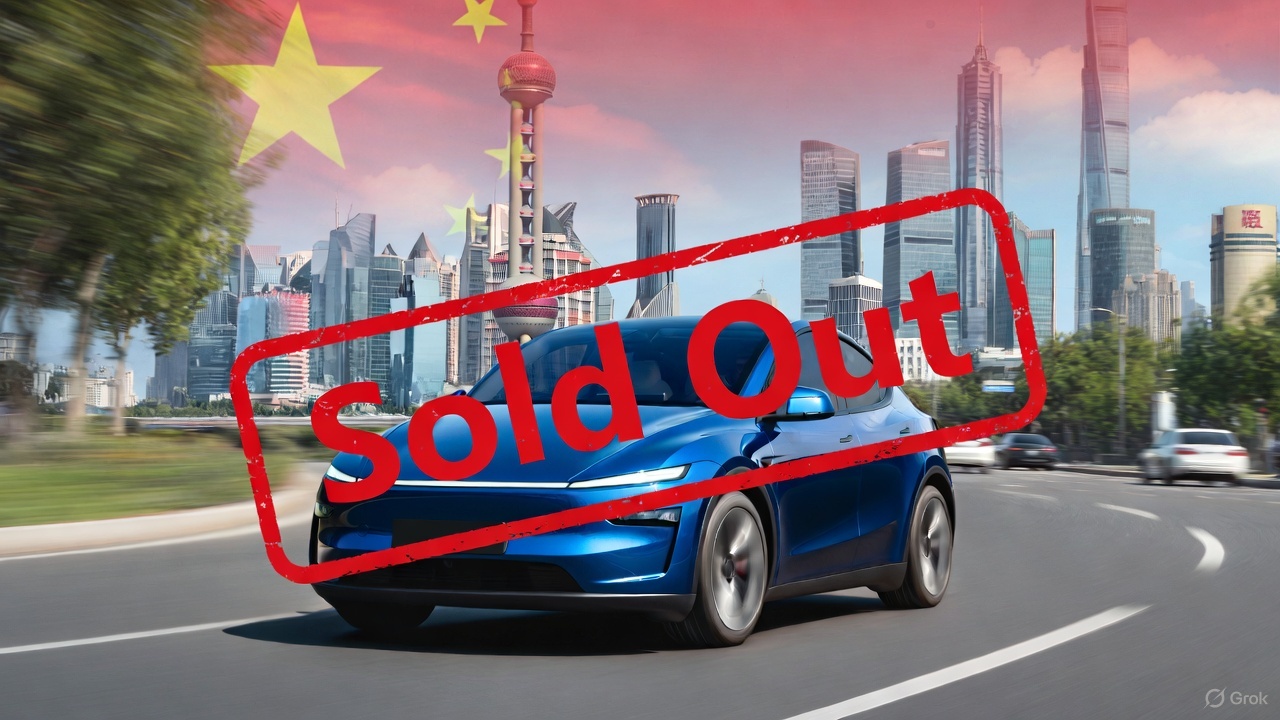
It appears that the Model Y has been sold out for 2025 in China. This seems to be true for the four variants of the vehicle that are currently offered in the country.
Tesla China’s order page update
A look at Tesla China’s order page for the Model Y shows a message informing customers that those who wish to guarantee delivery by the end of the year should purchase an inventory unit. This was despite the Model Y RWD and Model Y L showing an estimated delivery timeline of 4-8 weeks, and the Model Y Long Range RWD and Model Y Long Range AWD showing 4-13 weeks.
As per industry watchers, these updates on the Model Y’s order page suggest that Tesla China’s sales capacity for the remainder of 2025 has been sold out. The fact that estimated delivery timeframes for the Model Y Long Range RWD and AWD extend up to 13 weeks also bodes well for demand for the vehicle, especially given strong rivals like the Xiaomi YU7, which undercuts the Model Y in price.
Tesla China’s upcoming big updates
What is quite interesting is that Tesla China is still competing in the country with one hand partly tied behind its back. So far, Tesla has only been able to secure partial approval for its flagship self-driving software, FSD, in China. This has resulted in V14 not being rolled out to the country yet. Despite this, Tesla China’s “Autopilot automatic assisted driving on urban roads,” as the system is called locally, has earned positive reviews from users.
As per Elon Musk during the 2025 Annual Shareholder Meeting, however, Tesla is expecting to secure full approval for FSD in China in early 2026. “We have partial approval in China, and we hopefully will have full approval in China around February or March or so. That’s what they’ve told us,” Musk said.
News
Tesla Full Self-Driving appears to be heading to Europe soon
For years, Musk has said the process for gaining approval in Europe would take significantly more time than it does in the United States. Back in 2019, he predicted it would take six to twelve months to gain approval for Europe, but it has taken much longer.
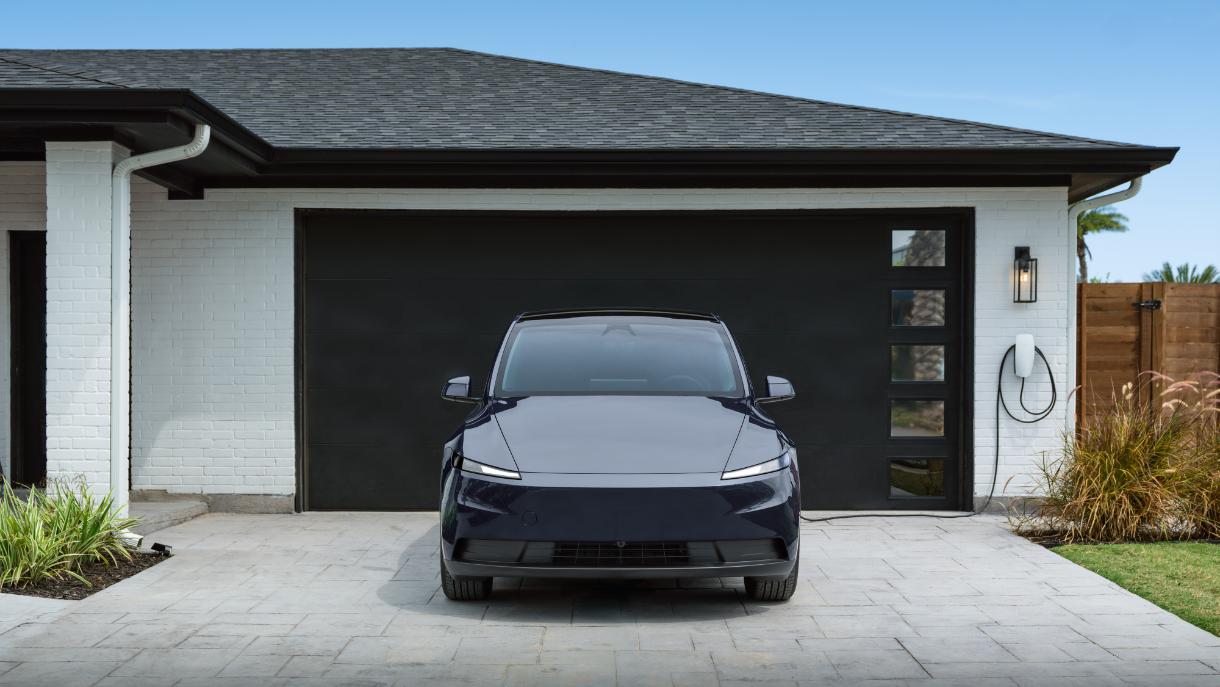
Tesla Full Self-Driving appears to be heading to Europe soon, especially as the company has continued to expand its testing phases across the continent.
It appears that the effort is getting even bigger, as the company recently posted a job for a Vehicle Operator in Prague, Czech Republic.
This would be the third country the company is seeking a Vehicle Operator in for the European market, joining Germany and Hungary, which already have job postings in Berlin, Prüm, and Budapest, respectively.
🚨Breaking: Tesla is hiring vehicle operators in Prague. pic.twitter.com/CbiJdQLCLj
— Tesla Yoda (@teslayoda) November 19, 2025
This position specifically targets the Engineering and Information Technology departments at Tesla, and not the Robotics and Artificial Intelligence job category that relates to Robotaxi job postings.
Although there has been a posting for Robotaxi Operators in the Eastern Hemisphere, more specifically, Israel, this specific posting has to do with data collection, likely to bolster the company’s position in Europe with FSD.
The job description says:
“We are seeking a highly motivated employee to strengthen our team responsible for vehicle data collection. The Driver/Vehicle Operator position is tasked with capturing high-quality data that contributes to improving our vehicles’ performance. This role requires self-initiative, flexibility, attention to detail, and the ability to work in a dynamic environment.”
It also notes the job is for a fixed term of one year.
The position requires operation of a vehicle for data collection within a defined area, and requires the Vehicle Operator to provide feedback to improve data collection processes, analyze and report collected data, and create daily driving reports.
The posting also solidifies the company’s intention to bring its Full Self-Driving platform to Europe in the coming months, something it has worked tirelessly to achieve as it spars with local regulators.
For years, Musk has said the process for gaining approval in Europe would take significantly more time than it does in the United States. Back in 2019, he predicted it would take six to twelve months to gain approval for Europe, but it has taken much longer.
This year, Musk went on to say that the process of getting FSD to move forward has been “very frustrating,” and said it “hurts the safety of the people of Europe.”
Elon Musk clarifies the holdup with Tesla Full Self-Driving launch in Europe
The latest update Musk gave us was in July, when he said that Tesla was awaiting regulatory approval.








